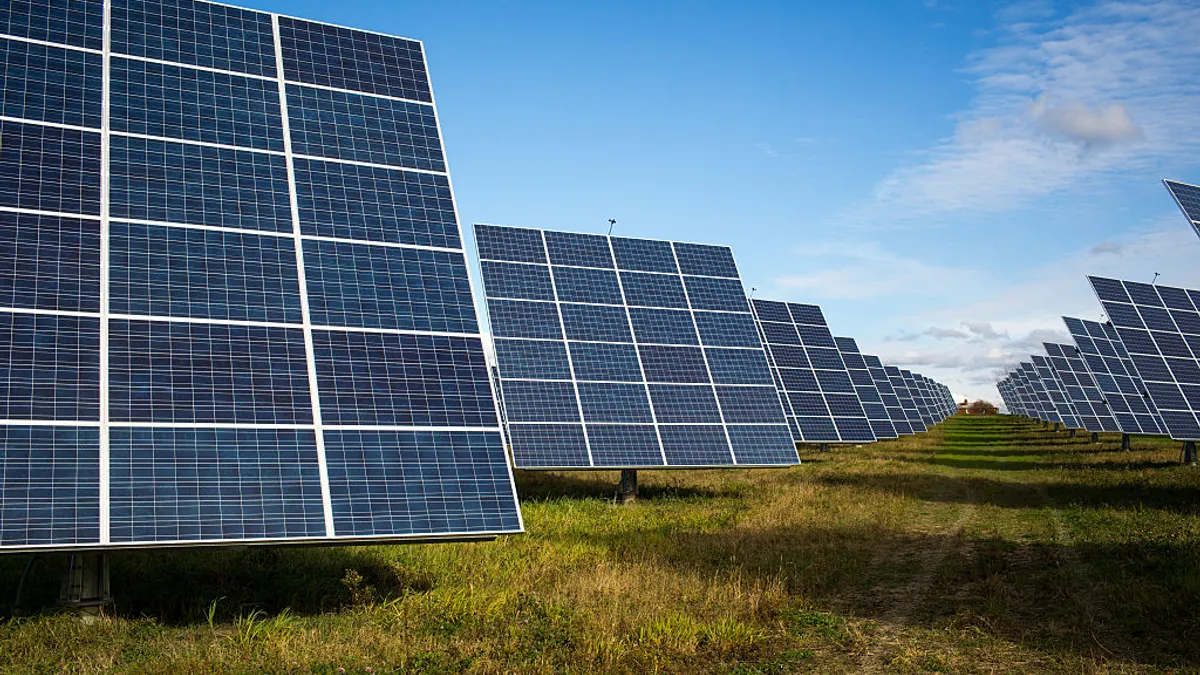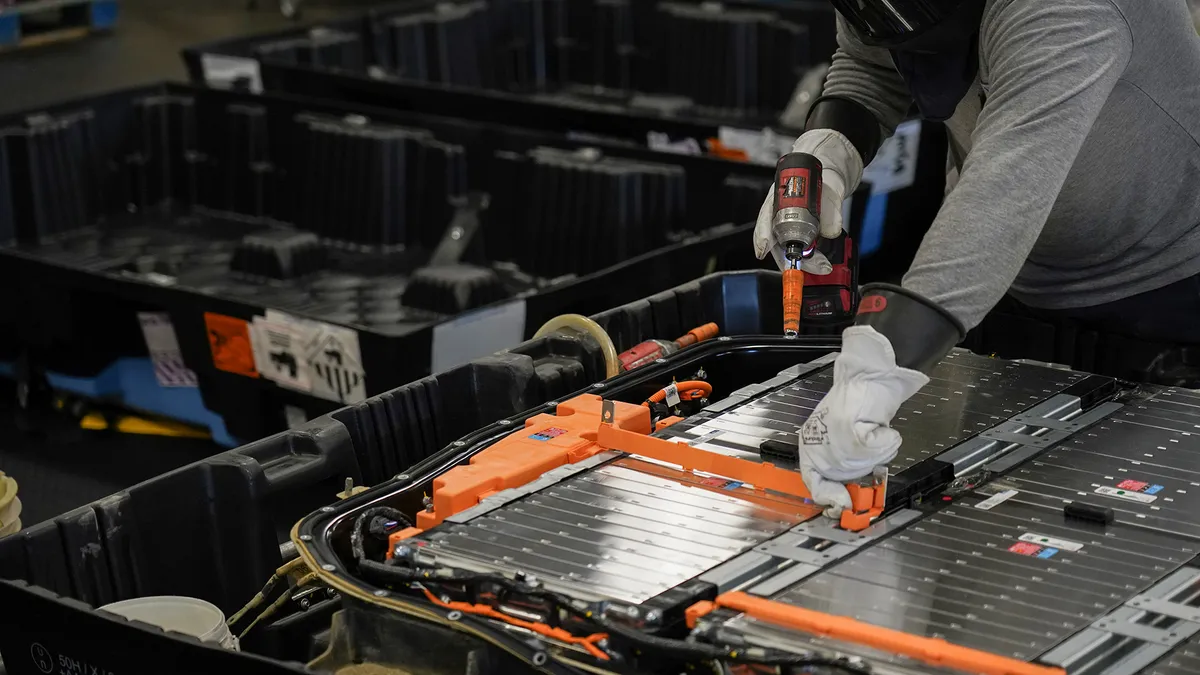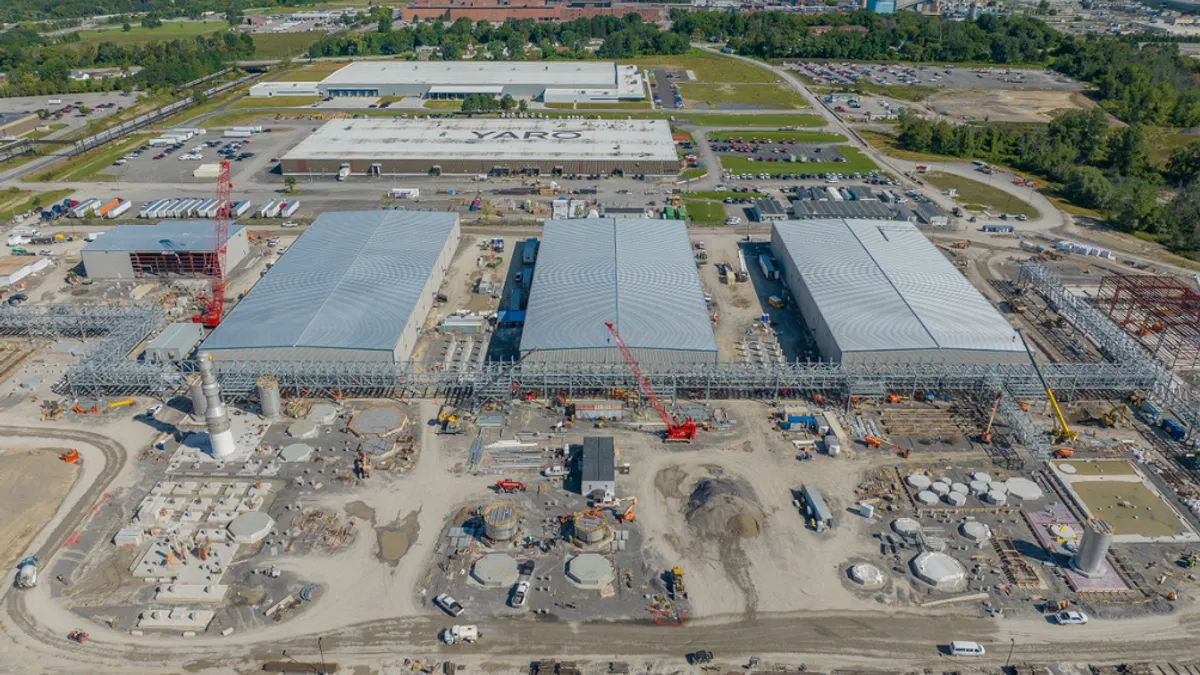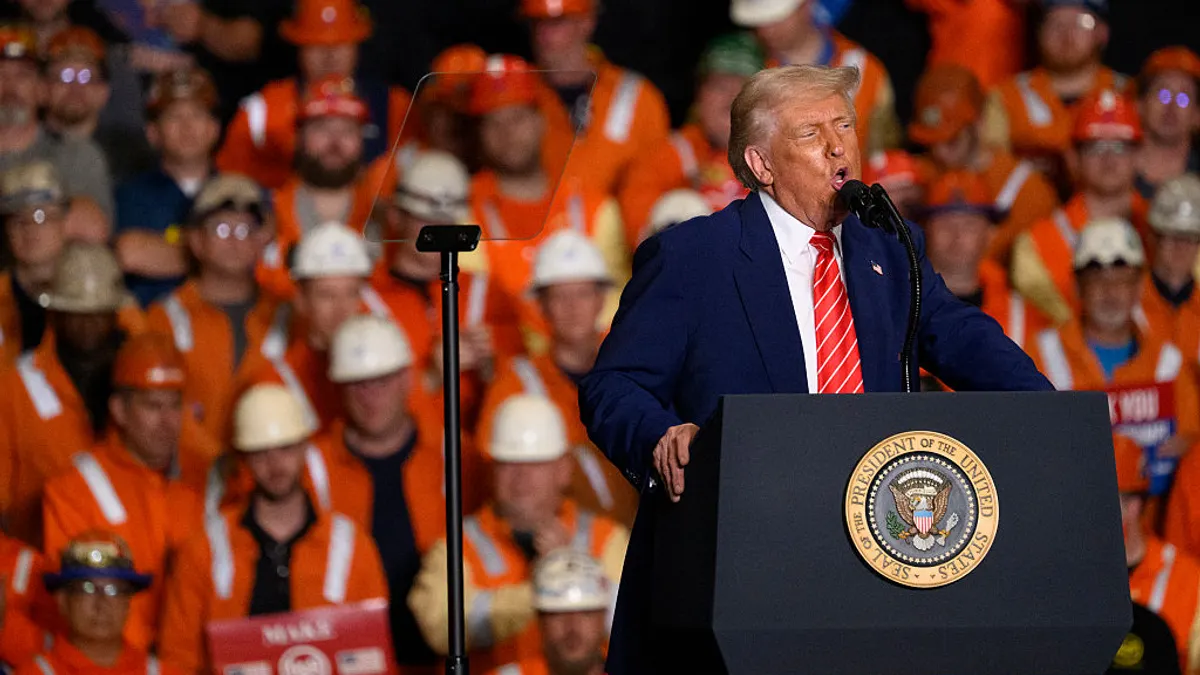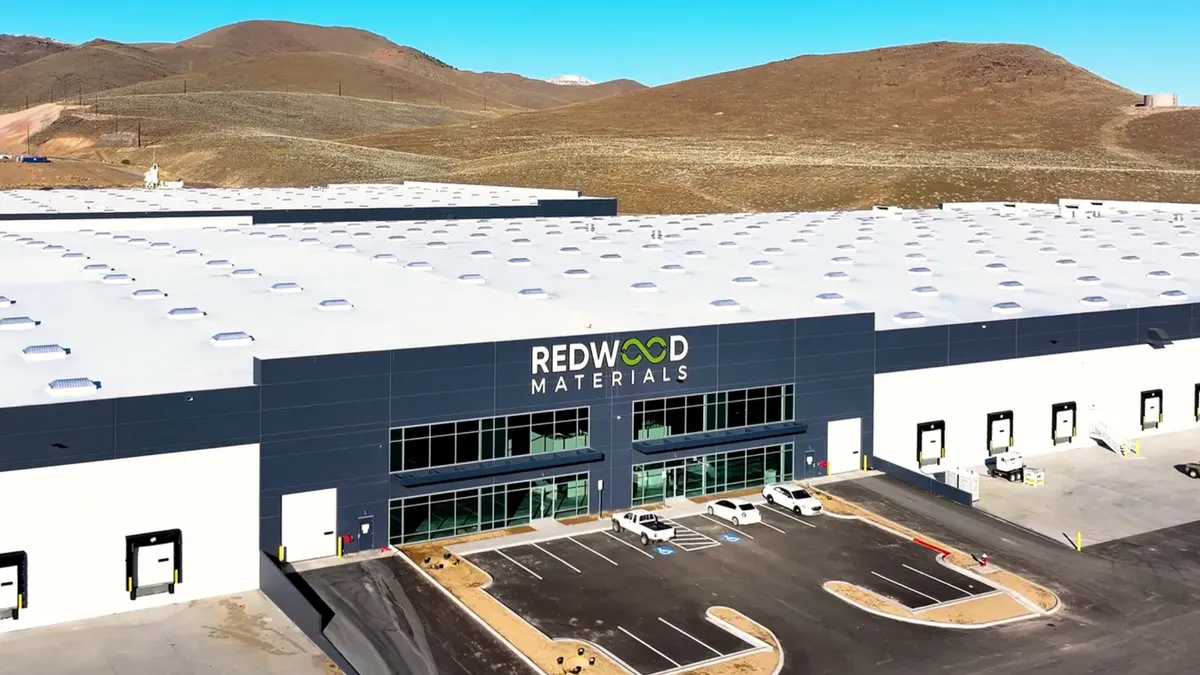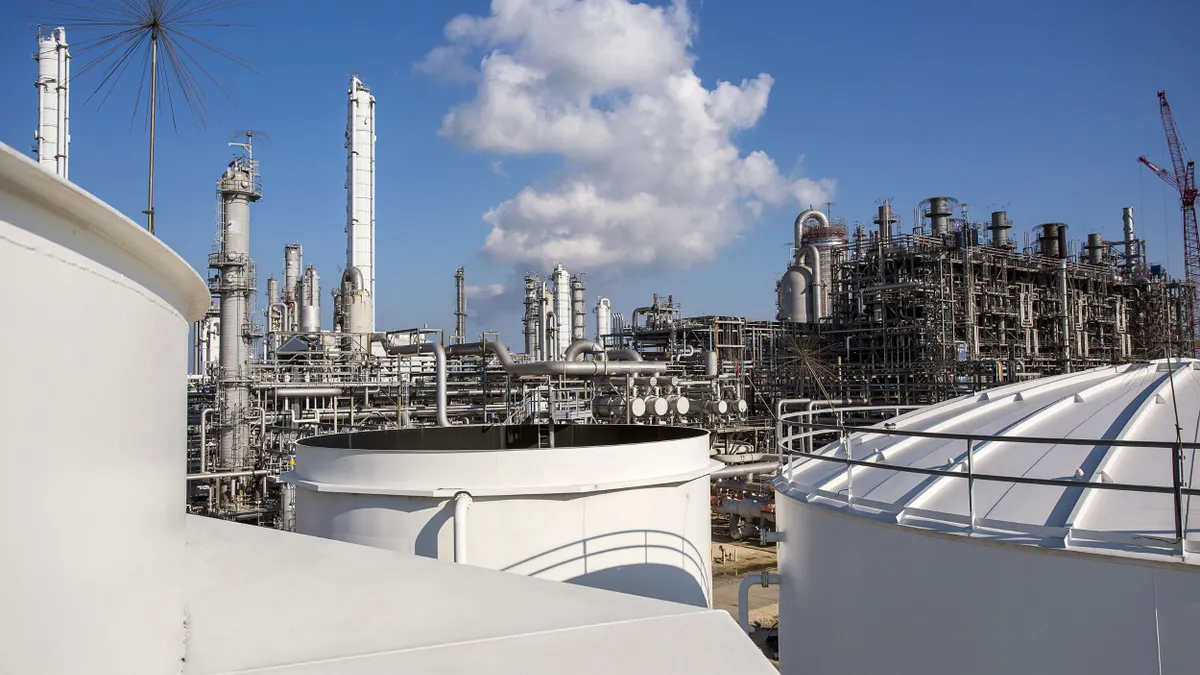Today, setting sustainability priorities can feel like solving a math equation with too many unknowns.
On one hand, manufacturers must factor in the financial consequences of sustainable operations. On the other hand, they must adhere to the ever-shifting landscape of local, state, federal and international regulatory mandates.
Between these parameters is a messy tangle of tech advancements, sustainability trends and terminology out of which many businesses struggle to create a solid list of sustainability initiatives.
“Generally, people want to do the right thing,” said Purdue University professor John Sutherland. “I had a colleague that said, ‘Think about the agricultural and industrial revolution — these things took several decades to really get going.’ We shouldn’t be too surprised this is taking time to make progress.”
Despite a shifting domestic energy policy under the Trump administration, many experts in the industry agree: the next four years won’t significantly change their long-term sustainability plans.
“Manufacturers simply are not going to make long-term decisions that change how much they pollute based on a four-year enforcement cycle,” said Adam Freedgood, principal and co-founder of sustainability consultancy Third Partners.
In creating sustainability strategies this year, many manufacturers are adhering to ideas that are economically resilient and secure their spot on the global market.
Don’t count on regulation going away
Net zero emissions goals are becoming much less fashionable in the corporate world under the Trump administration, says Columbia University Sabin Center for Climate Change Law Founder and Professor Michael Gerrard.
But that doesn’t mean that manufacturers should change course on sustainability goals, even amid changing climate regulation. While congressional changes or rollbacks to regulation can be difficult to challenge in court, agency-level changes can take longer to take effect, Gerrard said.
"If that's done by an agency, it could take a long time to go through the administrative process, and after that's done it can be challenged in court. By the time all that is resolved, there could be a new president who could reverse course once again," Gerrard said. "So it's risky to count on a rule going away, at least quickly and decisively, unless Congress has acted.”
“As a global company with a long-timeline view of sustainability, individual country regulations haven’t made too significant an influence on our strategy.”
Austin Alexander
VP of sustainability and social impact, Xylem
Gerrard added that even if federal-level regulations are weakened, state-level rules, as well as European laws, still affect many manufacturers and in some cases require emission disclosures.
“Most big companies are subject to either the European climate disclosure laws, the California climate disclosure laws, or both," Gerrard said. "These laws require companies to account for their scope 3 emissions — the emissions upstream from their suppliers and downstream from their customers."
Austin Alexander, VP of sustainability and social impact at Xylem, a manufacturer of pumps and other water technology solutions, said that regulatory uncertainty, including a possible rollback of the Inflation Reduction Act, has not impacted investment decisions.
“As a global company with a long-timeline view of sustainability, individual country regulations haven’t made too significant an influence on our strategy,” Alexander said.
The final thing to keep in mind is something that most manufacturers already know: It’s not climate policy that will change their long-term sustainability planning, it’s the economy.
“The economic impacts of the new Trump administration are going to have the outsized impact on how manufacturers approach sustainability,” said Freedgood.
Hedging against economic volatility
If there’s one thing manufacturers can count on the Trump administration to deliver, it’s volatility, said Freedgood. Hedging against such economic fluctuations will therefore be a manufacturer’s best framework for strategizing environmental initiatives.
“Sustainability means people, planet, profit, and in order to have success, whether it’s on decarbonization, or energy efficiency, it’s about focusing on the bottom line and seeing where that overlap exists,” Freedgood said.
To that end, manufacturers should first think about securing themselves against changes in energy prices by finding opportunities to lock in long-term clean energy prices and manage emissions.
“The U.S. is going to be exporting more and more liquefied natural gas to our friends in Europe, which is going to put a squeeze on the natural gas market,” Freedgood said.
Freedgood highlighted that economic incentives can look different from manufacturer to manufacturer. For some businesses, reducing greenhouse gas emissions down the supply chain might appease stakeholders such as investors or consumers. For others, such as manufacturers who burn natural gas to power their plants, reductions might directly translate to lower energy bills.
ENGIE Impact Managing Director Jason Bell said companies must capture and leverage data to further emission-reduction goals, which makes it imperative that manufacturers have the right tracking measures in place to gather accurate information.
“It is crucial to not let perfect be the enemy of the good; start with the data you have and identify a path for more abundant and higher-quality data collection,” Bell said, adding that having leaders understand the “impact of decisions on the bottom line” can make balancing ambitions a reality.
Xylem’s Alexander said her team has found success in embedding decision making and the execution of sustainability goals into their operations.
“In the case of making investment decisions at our sites, the power is in the hands of our site leaders to decide when and how to invest in sustainability projects that benefit them, their customers and the enterprise,” Alexander said.
Lastly, when thinking through the whys and whens of sustainability, it might be helpful to remember that sustainability is simply about eliminating waste, Sutherland said.
“If you think about it, waste is a sign of inefficiency,” Sutherland said. “If you have waste that’s being produced, somebody has to pay to manage the waste. If you’re wasting materials, if you’re using resources in a way that is not efficient — somebody comes along with a better way of doing things, it’s likely to be a better product in the long-term.”
Correction: A previous version of this story misattributed quotes from Columbia University Sabin Center for Climate Change Law Founder and Professor Michael Gerrard. It has been updated to reflect quotes from Gerrard. The story also misgendered Austin Alexander, who uses she/her pronouns.


